How to Set up a Chessboard?
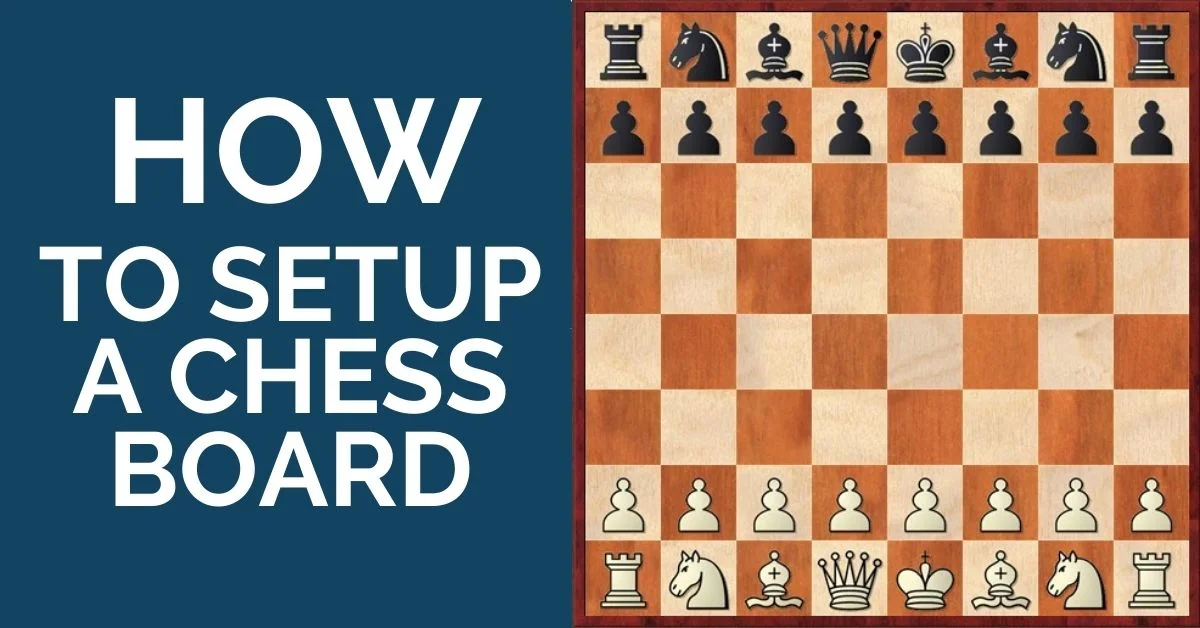
There are 32 pieces on the board and you might be wondering how to remember all their positions. Don’t worry we have got you covered. In this article, we will do an in-depth dive into how to set up a chessboard.
Chess is a fascinating game, full of possibilities. The two armies – the white and the black one – put up impressive battles. The chessboard is a battlefield where all this happens. Some of the games are long and full of strategy while others are pure fire on the board.
An important step before all this is to know how to set up a chessboard. For a chess game to be proper you must place the pieces in correct positions.
Getting to know board & pieces
A chessboard set consists of 64 squares. In the layout of a chessboard, these are equally divided between alternating light and dark squares. There are 32 light squares and 32 dark squares.
This makes it 8 squares by 8 squares (8×8). On the edges of the chessboard layout, you will notice some numbers (1 to 8) and some letters (A to H). We call these coordinates and they are useful for several reasons.
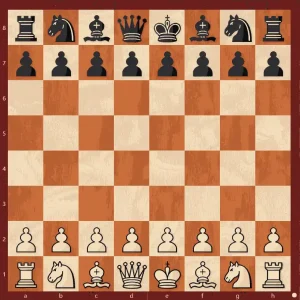
First of all, they indicate the placement of the pieces.
Remember – you should have the side of the chessboard that contains the letters in front of you. If your chessboard does not have coordinates, there is one rule that will help you always identify the correct board layout. You will find it in the next section of this article.
Secondly, these coordinates will help us give each square a unique name and identify them more easily when needed. To find a square’s name, you simply have to read first the letter on its corresponding file and then the number of the rank it is on.
For example:
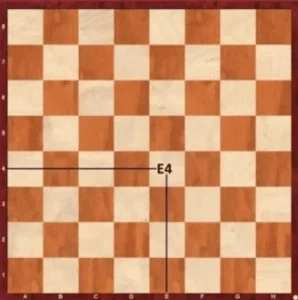
We also use the coordinates to denote the different files and ranks we have on the chessboard.
To summarize: When setting up a chessboard we use numbers and letters as a guide. You use it in three ways
- Find the correct chess piece placement
- Identify each of the 64 squares
- Denote files and ranks
What is the File on a Chessboard?
A file is a vertical line that goes from the top to the bottom of the chessboard. We have 8 such files on a chess setup and we use the letters to name them.

For example, the square e4 in the diagram above is placed on the e-file.
What is a Rank on a Chessboard?
The ranks are the horizontal lines that go from one side to the other of the chessboard. For these, we use the numbers. Using the same example of square e4, we will notice that it is placed on the 4th rank.
You are new to chess? Look at Rules of Chess: The Complete Guide for New Players to help you.
How to position the Chessboard?
A fundamental question that every beginner player faces is how to set up a chessboard.
If your chessboard has the coordinates written on the sides, then it is very easy. The white player will set up their chess pieces on the 1st and 2nd ranks, while the player going with the black pieces will do the same on the 7th and 8th ranks.
If your board does not have coordinates or you just want to make sure that they are correctly written, there is one rule that will always guide you.
The one GOLDEN RULE for finding the correct chessboard layout is that ‘the square on the bottom-right corner must be a light square.’
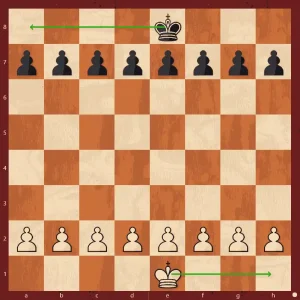
Take a look, for example, at the diagram above.
If you are playing white, you have the square h1 to your right, which is a light square.
If you would be playing with the black pieces, then the square a8 would be to your right and this one is also light-colored.
In conclusion, it doesn’t matter what color you have, you can always guide yourself by this rule to make sure you position the chessboard correctly.
Now that this detail is clear, let’s move on to the chess pieces and how we should position them on the chessboard.
How do I arrange the pieces
First of all, each side of the chessboard starts with 16 pieces and they will be placed identically by each player on the two ranks closest to them.
For example, if you are playing with the white pieces, then you will set your chess pieces on the 1st and 2nd ranks.
The black pieces will then go on the last two ranks – 7th and 8th.
Now, In a proper chess setup let’s see where exactly each of the 16 pieces you have belongs on the chessboard.
Where to place The Pawns
In the order of chess pieces, the pawns come first. They are the guardians of the entire army and we place them in front of the other pieces right from the start.
In other words, they will be set on the rank that’s second closest to you. When playing white, we arrange them on the second rank, and when with the black pieces they start from the seventh rank.
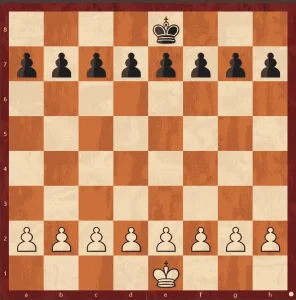
The other 8 pieces go as follows…
Where to place The Rooks
The Rooks are the first to go, as they belong in the corners of the chessboard – on a1 and h1, for white and a8 and h8, for black.
If you try to play a game from a book or a chess magazine, in that chess layout you will see that the rook chess piece is represented by R.
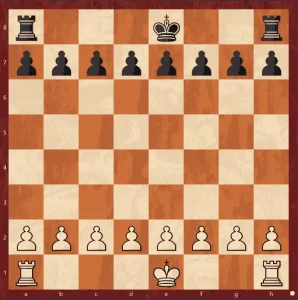
Where to place The Knights
In the chess pieces order, we will place the knights on the chessboard next to the rooks.
For the white player, they will stay on b1 and g1 and b8 and g8 for the player with the black pieces.
The letter we use when we write a chess move for the knight is N – to not confuse it with the King, which is symbolized by the letter K.
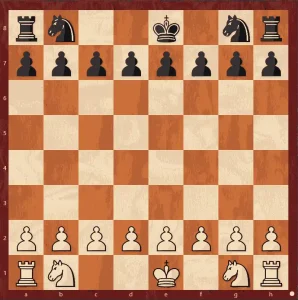
Where to place The Bishops
After the Knights, we need to the Bishops on the chessboard. They belong on squares c1 and f1 for white and c8 and f8, for black.
Their symbol is B, for short.
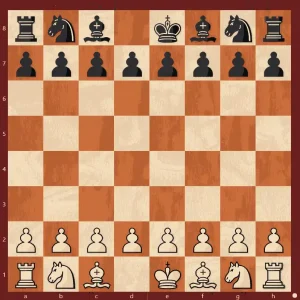
We also recommend reviewing How to Win Chess Games.
Where to place The Queen
We are close to finishing setting up the chessboard and pieces. Now we only need to explain the King and Queen and that’s it.
The rule to remember to set them right every time is that the Queen always keeps her color. The White Queen will sit on a light square, while the black one on a dark square.
So, if we think about squares for a proper chess setup, the White Queen belongs on d1 and the Black Queen belongs on d8.
When writing a game down, the letter used to symbolize the Queen is Q.

Where to place The King
You will be left only with the King now and he will take his place next to the Queen, on e1 if we are talking about the white King, or e8 if it is the black King.
In a real chessboard set, the king is also wearing a crown, but the detail that differentiates it from the Queen is that the King’s crown bears a cross.
In terms of letters, K is the one used to symbolize the King
When you are done, your pieces on the chessboard setup should look like this:

Now you are ready to start the game.
Playing the game
Remember, the player with the white pieces will always make the first move.
Then, the black player will make one move and the turn goes back to the white player. Each player makes only one move at a time.
If you already have a partner to practice with, the only thing left to do is draw the color and the fun can begin! To do that, you could use any method of chance. But, there is one way to do it that is very popular among chess players.
You take two pawns – one white and the other one black and put one in each hand. Then you hide your hands behind your back and ask your opponent to pick one.
The color that’s hidden inside your palm will be the color he/she will start the first game with. Once the first game is over, you can switch colors and start from the beginning.
This is, of course, a method that you can use for friendly games. When you play a tournament, the computer will decide automatically the color you will play with before the round starts.
Who Moves First in Chess?
In Chess, the White player moves first. The white player opens the game with an opening move of their choice. If you want to learn which opening is the best for White we have a guide for the 15 Best Chess Openings for White.



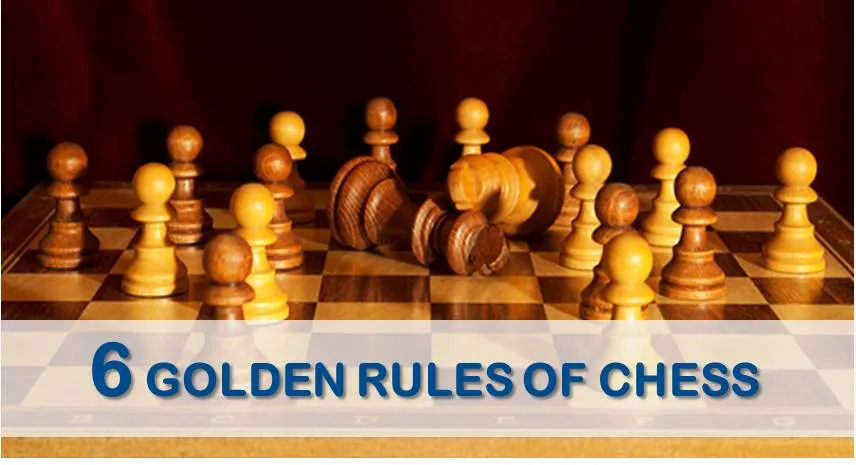
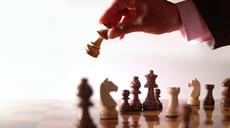
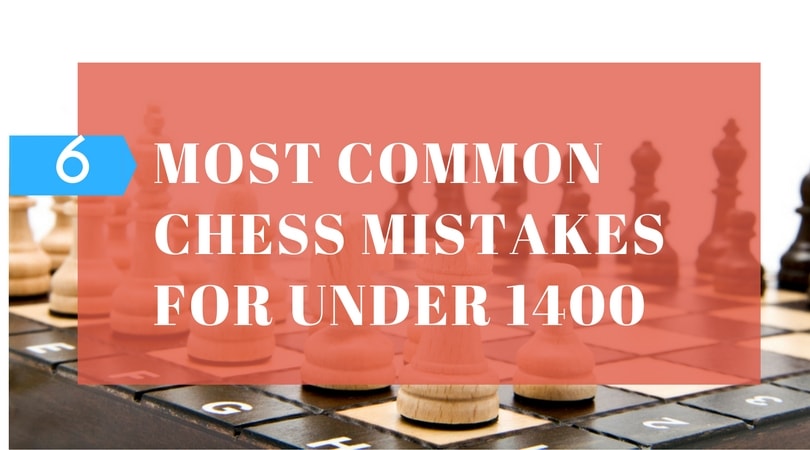




Comments: